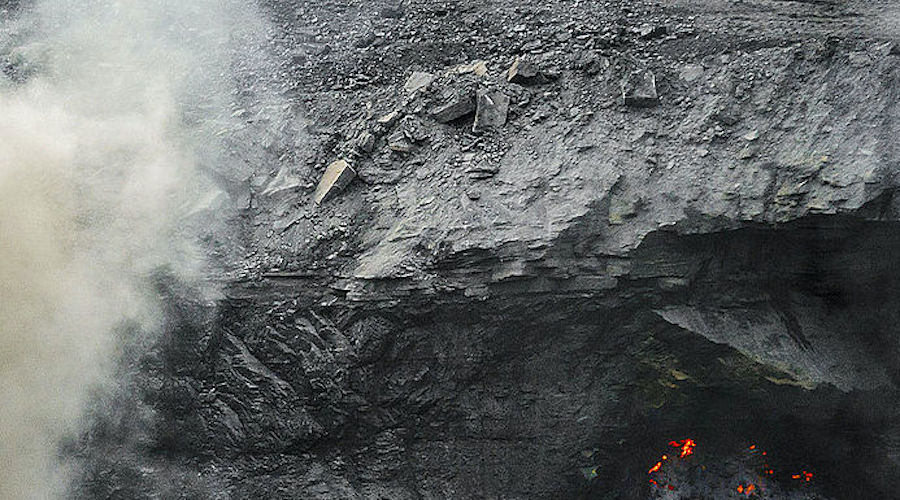Valentina Ruiz Leotaud | August 14, 2022 |

Coal mine. (Reference image by TripodStories- AB, Wikimedia Commons).
As rescue efforts continue to release 10 miners trapped in a flooded coal mine in Coahuila, Mexico’s General Directorate of Mines issued a temporary suspension to 10 mining concessions that need to prove compliance with safety standards.

In an official communiqué made public on social media, the Directorate — which is part of the Secretariat of Economy — said that, despite what is happening at the flooded Las Conchitas Norte mine, the concession that belongs to El Pinabete mining company is not among those suspended.
The decision to temporarily halt 10 mining concessions followed a series of inspections carried out by the Secretary of Labor and Social Security (STPS). During the investigation that followed the inspections, it was discovered that in December 2021, the STPS had requested the former head of the General Directorate of Mines to suspend concessions 219392, 198194, 224555, 216996, 219420, 240825-240826, 219355, 219316, 243787 and 233958.
“The then Director of Mines did not proceed with the provisional suspension of operations by arguing that the information provided by the STPS on the concessions did not match the registration data held at the General Directorate of Mines,” the statement reads.
“Taking into account this and other possible irregularities, which have been reported to the internal control office of the Secretariat of Economy, the former mining director and the work responsibilities director were dismissed back in June. The goal is now to conduct an investigation and determine responsibilities.”
Las Conchitas
In the same release, the Secretariat of Economy pointed out that it has appointed two experts from the Mexican Geological Service and a specialist in hydrogeology from the Autonomous University of Nuevo León to help the rescue efforts at Las Conchitas.
The federal government has also sent to the site a team of six special forces divers, while the National Water Commission, Pemex, and the Federal Electricity Commission sent water pumps to help drain the mine. About 92 soldiers are also working at the scene.
According to the National Defense Secretariat, there are three flooded wells that have a depth of approximately 60 metres, of which around 34 were flooded.
The accident took place on August 3, 2022, and following the flood, an inner wall collapsed.
Five miners were able to escape and received medical treatment, and two of them have already been discharged from the hospital.
In a statement last week, President Andrés Manuel Lopez Obrador said investigations into those responsible for the mine’s safety would come only after the rescue effort.















